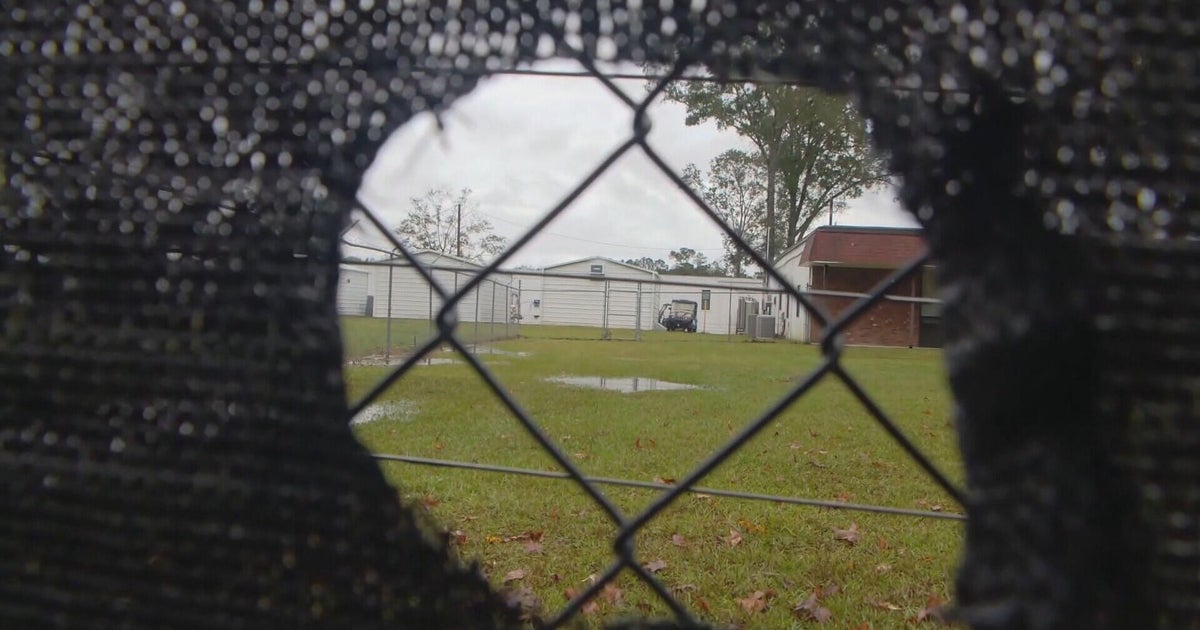The two nurses Professor Jae Kyoung Kim was studying were alike in many ways.
They both worked odd hours and, over the course of two weeks, slept for a similar amount of time. Yet, one of the nurses was getting sufficient sleep less than 50 per cent of the time while the other was getting enough more than 90 per cent.

It’s not just our sleep duration that matters for how we feel the next day.Credit: Getty Images
Why?
The amount of sleep we need to feel alert each day strongly depends not just on the average time we’ve slept. Rather it’s influenced by two processes: our sleep duration plus whether the time we go to sleep and wake up aligns with our circadian rhythm.
Loading
When we close our eyes at night and drift off, sleep pressure – the need to go to sleep – slowly decreases. When it drops below the rising of our circadian rhythm, we wake up.
Then, while we are awake during the day, sleep pressure builds until it surpasses our circadian threshold, and we need to go to bed.
But we can ignore the signals from our body and, in the case of shift workers, sometimes have little choice but to do so.
When that happens our sleep and wake times can become out of whack with our circadian rhythm, and we feel sleepy even if we’ve theoretically had enough sleep.
At the World Sleep Congress, held in Singapore in September, Kim explained that what we need each night to not feel sleepy the next day can vary.
So although the sleep recommendations are between seven and nine hours a night, some nights we need eight hours and other nights five hours might be enough.
Kim, a mathematical biologist who works at Korea Advanced Institute of Science and Technology, thought he could use this knowledge to develop an algorithm to recommend sleep duration based on how much sleep they’ve been getting, and an optimal sleep window by aligning a person’s bedtime with their circadian phases.
But it’s one thing measuring sleep pressure and circadian rhythm in a study versus in a real-world setting.
“We can’t sample the blood every hour,” explained Kim at the Congress.
Wearable devices for measuring sleep timing offered a solution.
“If we combine wearable data with a mathematical model describing the two-process model of sleep, then we can estimate how our sleep pressure and circadian rhythm change in real time,” he said.
They plugged the data from their nurses into the mathematical model, showing that during one shift where the nurse was exposed to light when she should have been sleeping, her circadian rhythm became weaker and her sleep phases were altered.
It meant, the following day, she was still alert later in the evening. As her sleep pressure hadn’t exceeded the circadian rhythm, it wasn’t a good time to go to bed, so the algorithm calculated a later bedtime.
The researchers then tested the model on 19 shift workers. First, they tracked their sleep time, without any intervention. Then, they provided sleep recommendations using the algorithm.
“Half of them didn’t follow our guidance. That’s real life,” Kim said. “They became our negative control [group] automatically.”
Although average sleep times didn’t change much, the high adherence group’s average daily alertness increased dramatically. The low adherence group didn’t show any change.
After introducing their research on YouTube in Korea, Kim suddenly had thousands of people wanting to try the sleep schedule tool. They became recruits for his second clinical trial.
The results were the same. In both shift and non shift workers, high adherence increased daytime alertness while low adherence led to no change. Interestingly, while it improved alertness, it also improved mood.
“It minimised the perturbations of circadian phases. Perturbation of circadian phases from normal can cause depression,” Kim explained.
One final obstacle for rolling out the tool to the public was that the algorithm required the user to continuously wear the device for seven days.
One of Kim’s PhD students came up with an idea to merge AI to the mathematical model, successfully reducing it to three days. The feature analyses the user’s sleep patterns for three days and starts recommending the optimal bedtime from the fourth night, tailored to the user’s wake-up time.

The sleep tool is available on Samsung’s new Galaxy 8 watch.
Kim worked with Samsung on the project, and the tool is available on the new Galaxy Watch8 series, which launched in July.
Andrew Phillips, an associate professor in sleep health at Flinders University says the idea of an optimal sleep window is sensible based on what we know of sleep regulation.
“When sleep is regular, in both its timing and its duration, the circadian and homeostatic processes are aligned in maintaining sleep at night and wake during the day,” he explains. “Sometimes we override these processes (eg, by staying up later than our biological signals tell us too), which is what leads to irregular sleep and ultimately not sleeping within the optimal biological window for sleep.
“Maintaining regular sleep and sleeping within the optimal window are basically consistent goals, so it is good to see this being translated to consumers.”
He adds while it is true that our daily sleep needs can vary, it is typically only if we are going to bed at irregular times.
“For instance, if you pulled an all-nighter last night, you are going to need more sleep tonight than if you’d had a solid eight hours,” Phillips says. “If a person is maintaining a regular sleep pattern, with adequate sleep duration, I wouldn’t expect much day-to-day variation in sleep need.”
The writer was a guest of Samsung at the World Sleep Congress
Make the most of your health, relationships, fitness and nutrition with our Live Well newsletter. Get it in your inbox every Monday.
Most Viewed in Lifestyle
Loading


















































